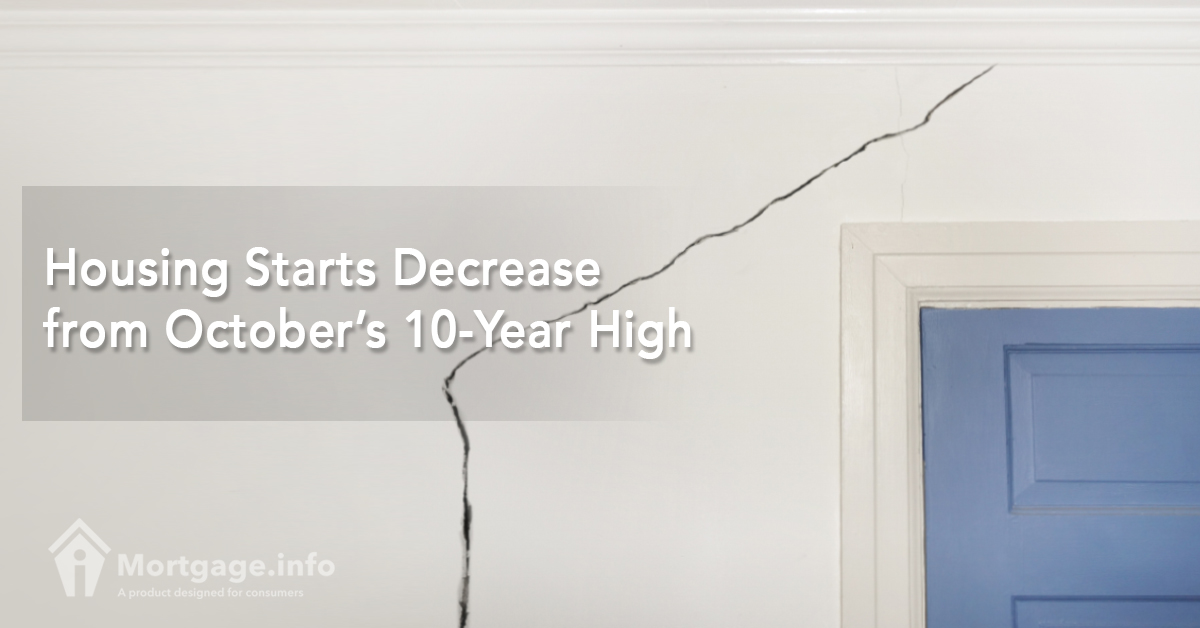The shortage in housing inventory has been a nationwide concern for a while now, bringing home prices up and making affordability a primary homeownershiphurdle for many potential borrowers. But home construction report broke its downward trend in October, climbing to the strongest pace since 2007. However, new numbers nose-dived from October’s 10-year high, based on a recent report jointly released by the HUD and the US Census Bureau.
The Report
From 1.34 million housing starts in October, privately-owned housing starts plummet to 1.09 million in November, a decrease of 18.7 percent. Of these, single-family homes account for 828,000 – a clear decrease compared to 863,000 from the previous months.
Should we sound the alarm bells? Experts don’t think so. November 2016’s housing is only the second lowest since October 2015. The drop is also unsurprising given October’s big increase.
“While starts fell in November, they continue to provide an important release valve for solid demand in the housing market, but still have much more room for growth,” Trulia Chief Economist Ralph McLaughlin said. “Starts in November were only 55% of their long-run average, but year-to-date they are up 4.8%.”
McLaughlin foresees a housing start increase throughout 2017 but it is a view not shared by all. National Association of Realtor’s Chief Economist Lawrence Yun believes there’s little to cheer about November’s numbers. He expects a continued robust growth in rents in 2017 due to the collapse in multifamily starts.
“Housing costs are rising and this trend will nudge up the broad consumer price inflation enough to surpass 3% next year, which is easily above the Federal Reserve’sdesired inflation target,” Yun says. “The soft housing starts also assures continued sluggish expansion in the overall economy.”
Further Findings
- A 4.7 percent drop in privately owned housing units authorized by building permits is now at 1.2 million from October’s 1.26 million. It is also a 6.6 percent decrease compared to November 2015’s 1.29 million.
- November’s single-family authorizations increased by 0.5 percent to 778,000 from October’s 774,000
- Privately-owned housing completions increased by 15.4 percent, also a 25 percent increase from the previous year.
The trend remains fragile as experts also remain divided on whether housing starts would increase in 2017 to address the current shortage in available housing.

